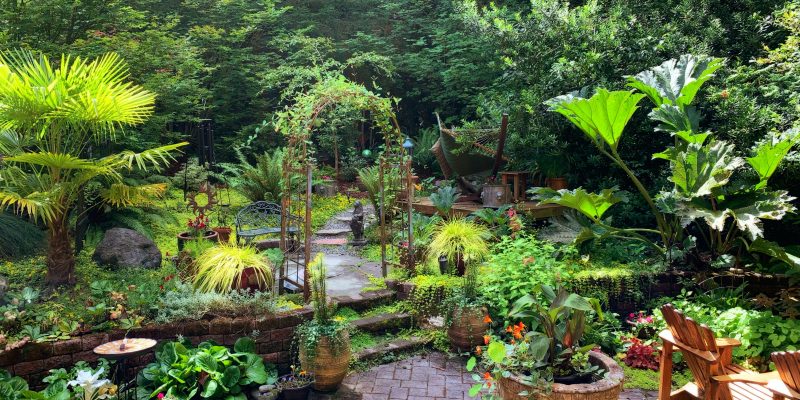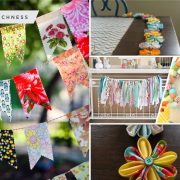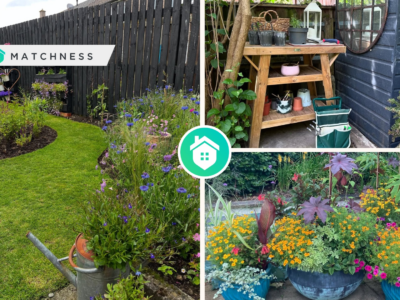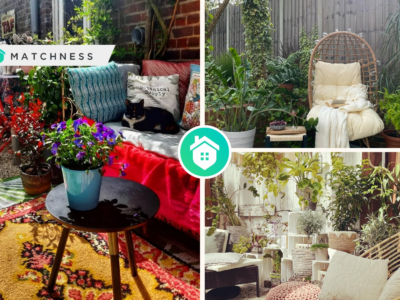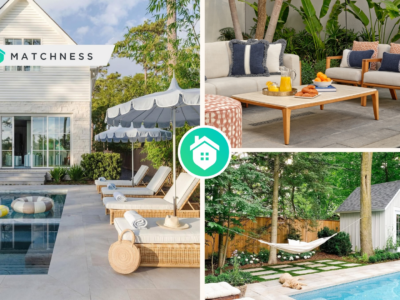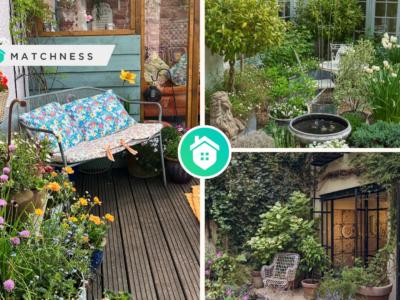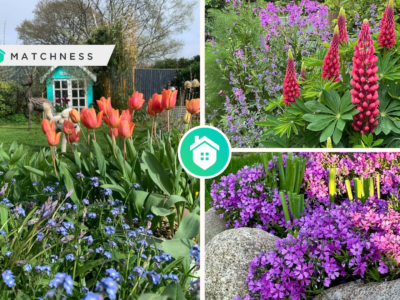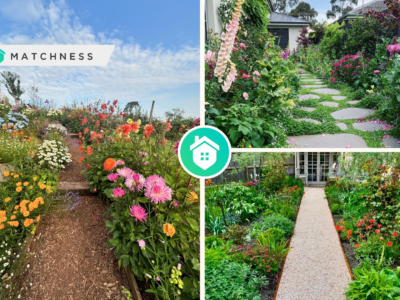A garden is a place for relaxation, BBQs, and family gatherings. For some, it will simply be the cool shade of a tree, for others, the fragrant concert of flowers is enough to intoxicate them.
For gardeners, both amateurs and veterans, a beautiful garden represents the end product of days of toil — it is something that they’ve designed and created with love and pride.
To make a success of your garden, patience is required because you must tame nature rather than try to impose your own rules on it. In a garden, there are many actions you can take and many projects you can invest in, but the reward is seeing something you toil at for so long finally bloom: it becomes a personal work.
But, creating a garden isn’t an easy task — there are many pitfalls, many mistakes, and many misjudgments that can not only make the process really expensive but, in some instances, it can make it fail entirely. Before launching into the creation of your garden, you must take the time to think about how to create and organize it, and in this article, we’ll show you how!
Assess The Situation
Before imagining your future garden, it is important to make an inventory of the main existing elements in your garden that you’re working with. This first step is necessary because the creation of your garden entirely depends on what landscape, tools, and decorations you are working with. Write down everything below in a notebook and pay attention to it during the next stages of landscaping.
- The land: its shape, its exposure, the nature of the soil.
- The equipment and fixed installations: the location of the house, the terrace, the entrance, the alleys, the garage, the hedges, fences and walls.
- Decorative elements: pond, pergola, statue, etc.
- Current plants in your garden: size and shape.
- Other elements: lighting circuits, water pipelines, drainage, …
- The environment: poles and electric lines, the neighborhood.
Drawing the Plan to Organize Your Garden
After you’ve assessed the situation, it is time to start drawing up a concrete plan for the future of your garden. This step is very important as your plans will determine how your garden will look for years to come.
- Take advantage of the existing features in your garden. If there is a beautiful tree in your neighbour’s yard, there is no reason to block its view with your own plants. Existing hedges, fences and walls are all elements to be integrated into your landscaping project. Building a garden cannot be improvised.
- In order to make the best use of the available surface, it is advisable to make a detailed drawing of your vision, but this does not mean that you need to be a talented draftsman! A sheet of graph paper, a compass, coloured pencils and a ruler are the only essential tools.
- Paths, lawns, trees, shrubs, beds and other plants, as well as terraces, low walls, ponds, etc., will make up the majority of your garden, and you have to have a general idea about which types of plants you’ll add where in your garden. By relying on the services of a decks’ builders in Saskatoon, for example, you can draw up and build the perfect deck for your garden.
Sculpting Your Garden
In nature, the undulation of a hill, the arc of a beach or the meandering of a river illustrate how the overall landscape is shaped by the elements. The vertical lines of the house, the fences, the walls, the hedges, and the trees give perspectives. The contribution of mineral elements such as low walls, paving, stairs or terraces balance the whole. Ponds and water features create movement. As for the plants, depending on their shape, size and colors, they will be the focal point breathing life into the design.
These are the essential elements of every garden — to sculpt the garden of your dreams, you have to have mastery over them.
Choosing the Right Trees and Shrubs
Over the years, their growth creates an atmosphere of tranquillity, an air of maturity in the composition of the garden. With their vertical lines and large volumes, trees give depth to even the most modest gardens and promote an atmosphere of intimacy. The right choice of plants entirely decides the future of the garden. During the drawing of your plan, it is a good idea to know the dimensions of the tree when they reach maturity and how various trees and plants interact with each other.
The same is true for the shrubs that form the background of the decor and determine the perspective and the shape of the garden. The depth of perspective is emphasized by placing light foliage at the back of the garden and dark foliage at the front. The same is true for the beds. You need to keep these in mind if you want to create a visually striking garden.
Choose Fences
Walls, fences, plant hedges: fencing your land does not mean locking yourself behind impassable walls. The fence has multiple roles, including a decorative one. It emphasizes the contours of the garden, so it must be designed according to the use you wish to make of it.
Think about the proportions and the general harmony of the garden. The plant hedge, the oldest type of fence, promotes the most harmony with other elements of most gardens. A walk in the countryside is enough to realize that a hedge with flowers or hedges in the woods is more pleasant to look at and fits perfectly into the landscape. Of course, your garden might be entirely different, and wooden fences are a perfectly valid choice.


